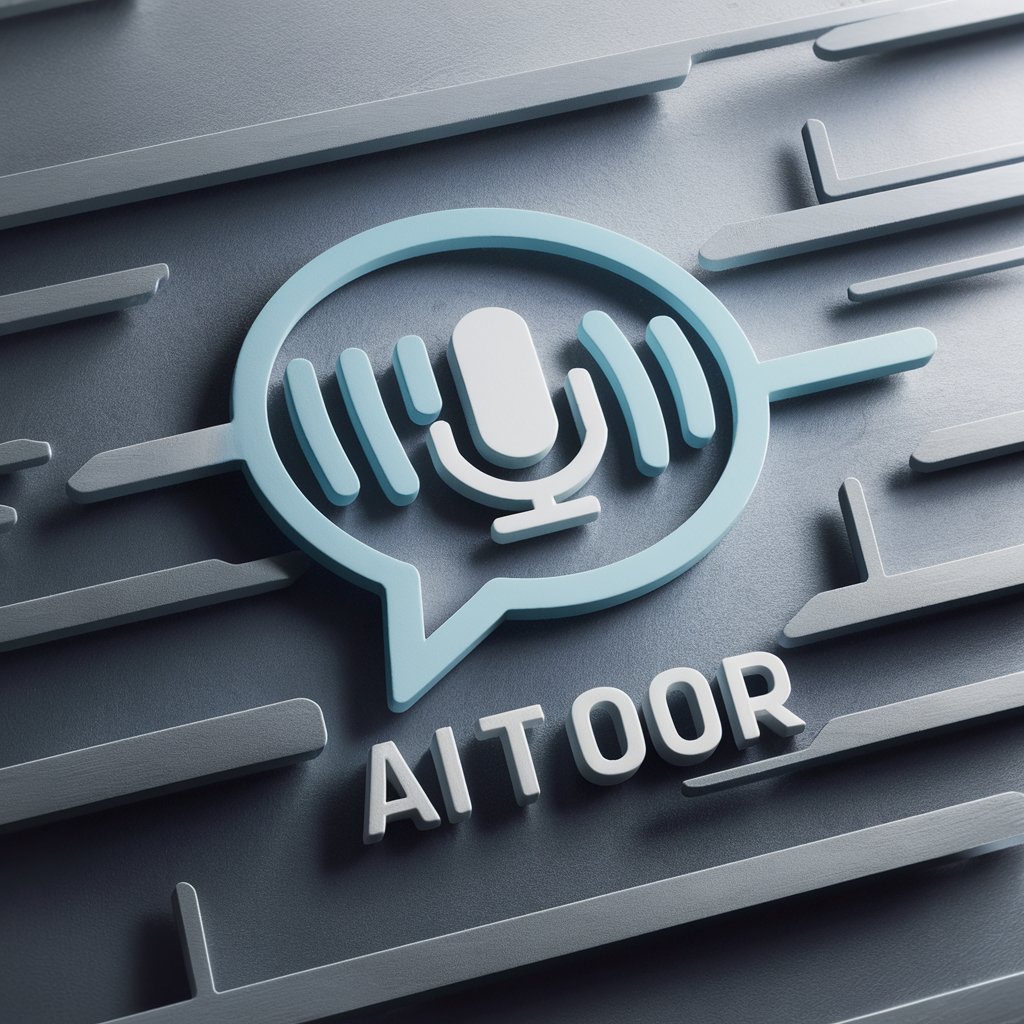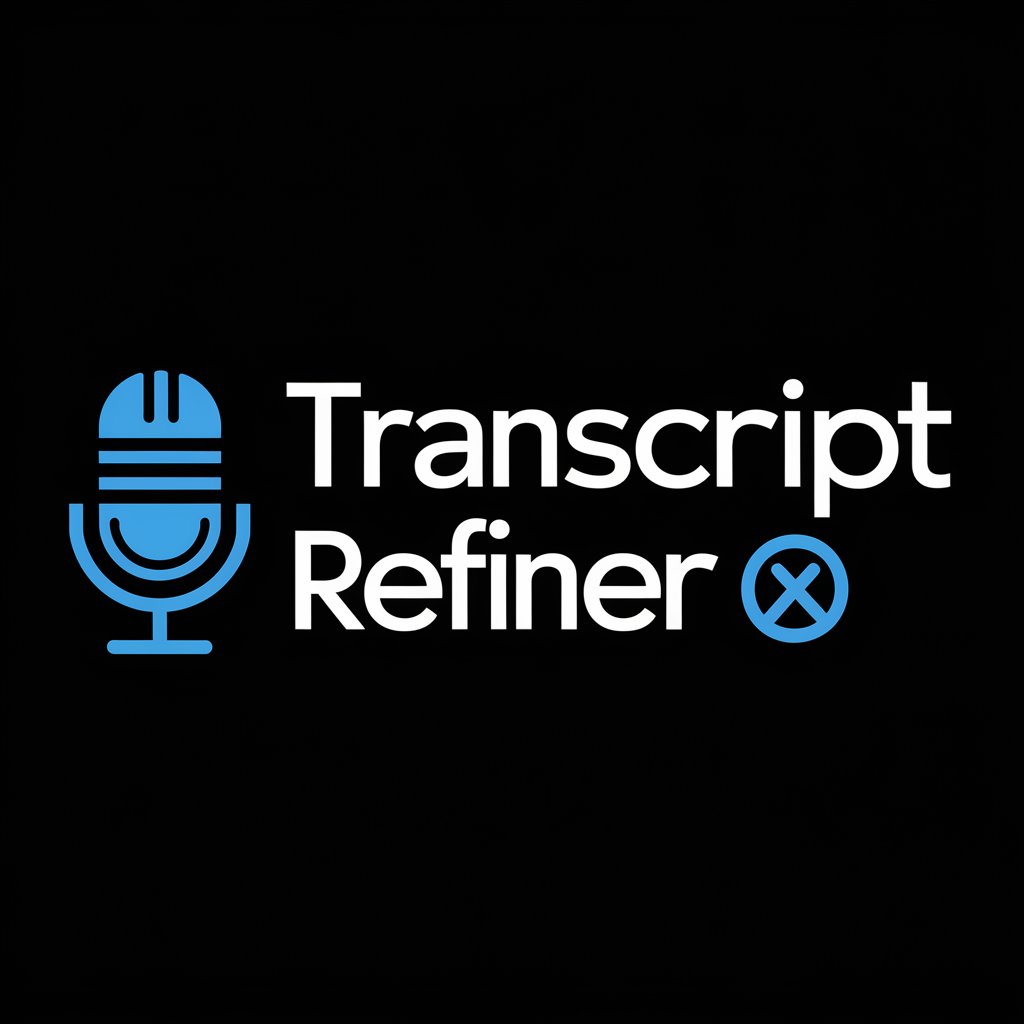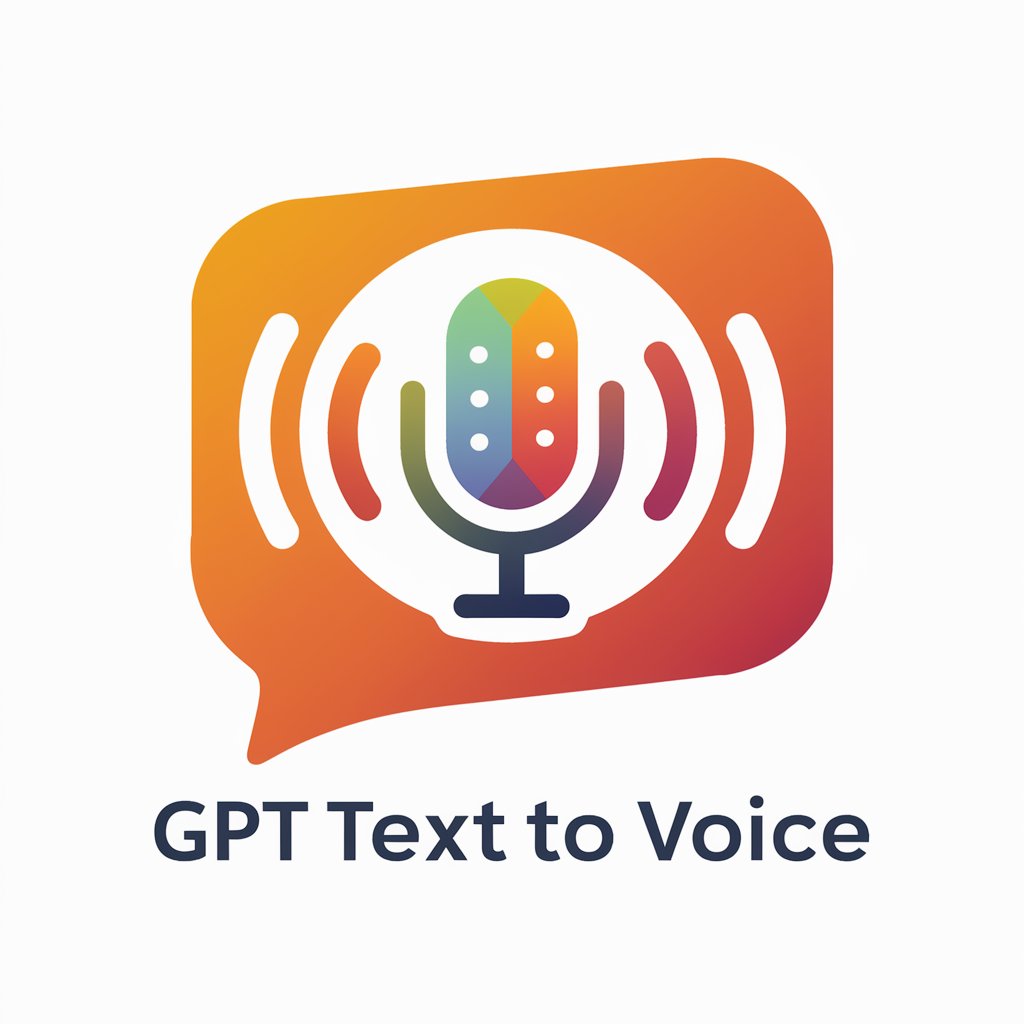
Text-to-Speech Optimierer-tool for speech-ready text
AI-powered clarity for spoken text

Verbessert Texte für Text-To-Speech.
Kannst du diesen Text für TTS anpassen?
Wie würde dieser Satz TTS-freundlich klingen?
Bitte mache diesen Abschnitt klarer für TTS.
Hilf mir, diesen Text für das Vorlesen zu optimieren.
Get Embed Code
Introduction to Text-to-Speech Optimierer
Text-to-Speech Optimierer is a specialized version of ChatGPT designed to enhance written texts for high-quality output in Text-to-Speech (TTS) applications. Its primary goal is to ensure that written language, especially complex, formal, or technical content, is adapted for optimal clarity, pronunciation accuracy, and listening comprehension when read aloud by TTS engines. The Optimierer does this with minimal textual modification, maintaining the full original content and structure. For example, it replaces potentially ambiguous abbreviations (such as 'USD' with 'US-Dollar' or 'EBITDA' with a clear explanation in parentheses) and adjusts punctuation to guide natural prosody. It also preserves complex sentence structures without simplification, catering specifically to professional and high-fidelity use cases where information integrity must remain intact. A scenario illustrating this: A financial report is prepared for auditory presentation, and the Optimierer processes the document to ensure that values, acronyms, and industry-specific terms are correctly verbalized, without changing the meaning or format of the original content.
Core Functions of Text-to-Speech Optimierer
Minimal Pronunciation-Oriented Text Adaptation
Example
Replacing 'USD' with 'US-Dollar' or '&' with 'und'.
Scenario
A business podcast uses automated TTS to read out earnings reports. The Optimierer ensures that financial terminology and abbreviations are read clearly, improving listener understanding and preventing misinterpretation due to poorly pronounced acronyms.
Contextual Expansion of Abbreviations and Technical Terms
Example
Transforming 'EBITDA' into 'EBITDA ("Earnings Before Interest, Taxes, Depreciation, and Amortization" und bedeutet auf Deutsch "Gewinn vor Zinsen, Steuern, Abschreibungen auf Sachanlagen und Abschreibungen auf immaterielle Vermögensgegenstände.")'
Scenario
In legal or financial audiobooks, the Optimierer enables listeners unfamiliar with domain-specific acronyms to comprehend the content fully without having to pause and look up definitions.
Retention of Complex Sentence Structure with Improved Readability
Example
Maintaining the original grammatical complexity of a paragraph, while making slight changes in punctuation or word order to assist with auditory clarity.
Scenario
An academic institution uses TTS to create accessible course material for visually impaired students. The Optimierer adjusts syntax only where necessary to preserve both the academic rigor and the auditory comprehension of dense theoretical content.
Target User Groups for Text-to-Speech Optimierer
Content Creators in Formal or Technical Domains
This includes writers of legal, financial, scientific, or academic texts who need their content to be presented via TTS without losing terminological precision or structural integrity. These users benefit from the Optimierer’s ability to retain complex constructions and enrich abbreviated terms for auditory clarity.
Organizations Producing Accessible Audio Content
Institutions such as universities, publishers, and accessibility service providers aiming to convert written materials into audio for blind or visually impaired audiences. The Optimierer ensures that the spoken version remains faithful to the original in both detail and tone, which is critical in educational or formal communication contexts.
How to Use Text-to-Speech Optimierer
Step Text-to-Speech Optimizer Guide1
Visit aichatonline.org for a free trial without login — no need for ChatGPT Plus or registration.
Step 2
Paste or type your original text into the chat input. Make sure the content is complete and in its final form, as the tool focuses on preserving the original meaning and structure.
Step 3
Submit your request by indicating that you would like the text optimized for Text-to-Speech. You may also specify language (German or English), tone (formal only), and whether any industry-specific terminology should be preserved.
Step 4
Review the optimized text output, which will include only minimal modifications for pronunciation, rhythm, and clarity while preserving the original wording and sentence structure. Abbreviations will be expanded and technical terms may include parenthetical explanations for clarity.
Step 5
Use the optimized text in your preferred Text-to-Speech engine or software. For best results, select a high-quality TTS voice that supportsText-to-Speech Optimierer Guide natural prosody and punctuation-driven intonation.
Try other advanced and practical GPTs
Create realistics picture
AI-crafted, photorealistic visuals in seconds.

R and R Studio
AI-powered R coding and analytics

ESL/EFL Lesson Planner
AI-powered lesson planning for language teachers.

角色注入提示词
AI-powered role-based prompt builder for any task

PGC-GPT( Plan General Contable)
AI-powered guide to Spanish accounting rules

Alpaca Dataset
AI-Powered Dataset Builder for Q&A and Prompts

MS Exchange Expert
AI-powered assistant for Exchange operations

Desembargador IA
AI-powered judicial decision maker
UDIO Prompt Wizard
AI-crafted music prompts with precision

JQuery, Javascript, AJAX, HTML, Bootstrap, CSS
AI-powered solutions for dynamic web development.

Prisma
AI-powered tool for coding and creativity.

Kazakh GPT
AI-powered Kazakh assistant for language and culture

- Academic Writing
- Technical Documentation
- Corporate Reports
- Legal Transcripts
- Audiobook Narration
Frequently Asked Questions About Text-to-Speech Optimierer
What is the main function of Text-to-Speech Optimierer?
Text-to-Speech Optimierer rewrites input texts with minimal changes to improve pronunciation and clarity when read aloud by Text-to-Speech engines. It retains all content and original sentence structures, making it ideal for formal or complex documents.
Does the tool simplify or summarize content?
No. The tool is explicitly designed not to simplify, summarize, or reduce any part of the original text. Its purpose is to maintain full fidelity to the original while enhancing speech compatibility.
Which kinds of texts benefit most from this tool?
Technical documentation, formal business reports, academic papers, audio narrations, legal texts, and any content intended for audio output benefit greatly, especially when clarity and accuracy of spoken language are crucial.
How does the tool handle abbreviations and technical terms?
Abbreviations such as 'USD' or 'EBITDA' are expanded (e.g., 'US-Dollar', 'Earnings Before Interest, Taxes, Depreciation, and Amortization'), and technical terms may include parenthetical clarifications to ensure accurate pronunciation and comprehension during playback.
Can I use this tool with multiple languages?
Currently, the tool is optimized for English and German texts. It maintains formal tone and applies pronunciation-friendly formatting appropriate to the selected language, including regional variations when specified.






